- In the art world, grand gestures and schemes may make a splash, but they often die just as quickly. Creating with your true, authentic voice, however, resonates long after you set down your brushes or camera or chisel.
- Children learning to speak don’t think about finding their “voice”; it’s already inside them. Children simply want to communicate.
- Don’t worry about finding your own voice, you already have one. Focus instead on what you’re wanting to express. Let yourself become genuinely curious–obsessed even–and your voice will take care of itself.
The Ripple Effect of Small, Kind Gestures
One of my favorite movies is “It’s a Wonderful Life.” Every time I watch it, I am reminded that it’s not the grand gesture but the many small things we do and say each and every day that makes a difference. We may not even know we made a difference, but the person on whom those kind words and deeds landed has been forever changed.
Like the opening quotes to this blog. They’re from abstract artist David Michael Slonim. David cracks me up. He can be going through some serious shit and he still finds humor in life. For example, he often tells students who are getting down on themselves and saying things like ‘this is no good,’ or ‘I don’t know why I’m even trying to make art,’ and ‘I’ll never find my own voice,’ that he’s going to charge them a dollar every time they make a disparaging comment about themselves–not because he wants them to stop, he explains, but because he needs the money. Ha. Funny guy.
But that’s not why I want to make sure you get the transcript of my interview with David. It’s because I really want you to have his uplifting message in your mind as you head into the new year.
This interview has been edited for clarity and brevity. To listen to the entire conversation, please click on the link...
ROSE: Hello, David! I remember when I first met you, you were painting landscapes and then, suddenly, something changed….
DAVID: I remember that so very clearly. I had been a landscape painter for 18 years, painting outdoors from life. But I was also very interested in learning what it was about an image that moved a viewer emotionally. I was constantly scouring art books to figure out how an artist would do it. I was looking at Paul Cezanne (1839-1906) and Pablo Picasso (1881-1973) and Marc Chagall (1887-1985).
One of the things I began to do was pay attention to the artists whose work was disturbing to me but also kept attracting me.
ROSE: OK, wait, I just want you to repeat that: you paid attention to work that disturbed you?
The Importance of Discontent
DAVID: I did. But I don’t mean disturbed as in “repulsed.” I mean, I didn’t understand it, but I felt compelled to keep engaging with it. There was something going on that was attractive; the disturbing part was that I didn’t understand it.
I was looking at Cezanne breaking nature into little mosaics of color. Well, that’s not photographic realism. That’s not even representation in the way I learned how to do it in college.
And I was looking at Picasso, right, and he’s breaking nature into different sorts of chunks of parts and pieces. At first that’s disorienting—and I think it is for lots of people—and it took years of thinking about that before I understood what was happening.



It was Cezanne who really unlocked it for me, in combination with reading Robert Henri’s (1865-1929) “The Art Spirit,” and “Composition,” by Arthur Wesley Dow (1857-1922), who was Georgia O’Keeffe’s (1887-1986) mentor. He wrote that book in 1899, so these ideas have been around for at least a 100 years out there in the public.
So here it is. Are you ready for it?
Music for Your Eyes
ROSE: Yes….
DAVID: Abstract art is music for your eyes.
ROSE: Oh, I like that!
DAVID: So, what that means is that there is no game being played on you; this is not a scam. There’s no charlatan activity involved here. What this is is tones arranged in space to please the eye and to move the soul. In that sense it’s the same as music. Music is tones in time to please the ear to move the soul. So, anyone who loves music, loves abstract art, they just don’t know it by that name.
Every time you listen to any piece of music—especially instrumental music—you are listening to an abstract arrangement of tones and it’s moving you emotionally. Abstract painting is doing that same thing but it’s doing it visually. Instead of through the ear, it’s through the eye. It’s an abstract arrangement of tones that move you emotionally.
Painting is an abstract arrangement of tones that moves you emotionally.
David Michael Slonim Tweet
Recognize Your Voice
I learned that by staring at Cezanne for years then staring at nature. I began to be fascinated by how it’s the underlying abstract structure of a painting that moves you whether we’re talking about Rembrandt or Sargent or Cezanne or Rothko. The issue isn’t whether it’s realism or abstraction on the surface; the issue is the arrangement of shapes, colors, values, and textures—what’s the visual “musicianship” behind it.
With a permission slip from Paul Cezanne, I would happily go out in the woods and begin breaking down what I was seeing into textural patterns of color shapes. And I remember on March 19, 2013, I painted one of those from memory in my studio, and I remember looking at that painting and realizing: I understand what this is. I saw a door open for me. And I said right then and there, “I now not only aspire to be an abstract painter, I am one and I know why.”
Listen to Your Voice
ROSE: Part of the reason I wanted you to repeat that comment about looking at work that got under your skin is because I think that is the key to really understanding art but also to understanding yourself.
DAVID: Yes, really well said. Because, if it’s resonating with you, there is something already present in your soul or your spirit or your emotional makeup that hears its name being called. That’s what’s happening: the art is calling to you. And there’s a part of us—and this was true for me—where that made me uncomfortable because I didn’t understand that part of me and I didn’t understand what was happening in the art.
ROSE: There’s a fear, I would think, as an artist, to follow that voice because this is your livelihood. If you take a turn away from what you’re known for, you have to hope everyone comes along with you.
DAVID: For me, I would describe it rather than a sharp turn, it feels like a natural progression. I would describe my realism period as booster rockets that fell away but the trajectory stayed the same. I’m still going to the moon; I just don’t need the booster rockets anymore.
ROSE: I love that. That’s a great analogy.
DAVID: One thing that staring at Picasso and Joan Miro (1893-1983) and Ellsworth Kelly (1923-2015) and Alexander Calder (1898-1976) and others did for me is it demolished any reluctance to be whimsical or playful as a form of high art.
Oh, Be Joyful!
I grew up listening to jazz. I played trombone and was in a jazz band and orchestra. If you think about what jazz music is, there’s a structure of chord progression and rhythm that’s laid down and then the instrumentalists improvise over the top of that. For me, painting is really similar. I create this color situation with the chords then—with this particular painting—I made up my mind to do a jazz solo and it’s going to be one take only. I’m going to paint an improvisational line intuitively and slowly.
When Voice Is Given Room to Speak
DAVID: When a collector is experiencing something with a painting, it’s a good idea to consider what is moving you and firing your imagination. As you sit with the work and answer that question, it becomes more personal to you.
ROSE: It’s interesting to hear you talk about self-interrogation versus trying to wrangle a piece into submission. It sounds like, possibly, you are coming at it with more of an emotional IQ?
DAVID: Yes, I think so. One of the pieces of feedback I received from a collector through a gallery—he owns 20-25 pieces of mine—I heard that he said he deals with numbers all day, he’s a very high level executive. He said, “I love coming home to this work because it opens a whole new part of my brain and whole new emotional space that I don’t get to live in during the day.” That really meant a lot to me.
ROSE: And, of course, art and music have mathematical connections.
Permission to Play
DAVID: Right, but with painting, it’s intuitive so it’s coming from a sub-conscience place for me. Obviously, there’s geometry involved here but the geometry is above my pay grade. I’m just the low level guy who’s playing with the stuff; I don’t actually understand the stuff. What’s interesting to me is that a lot of my collectors are surgeons or mathematicians or doctors. I think it’s because they’re using the mathematical part of their brain all day long and they’re using it in a very technical and sequential way; I think my art helps to free up what’s already there, that’s knocking on the door, saying, “Hey, this part of you is allowed to come out and play too.”
ROSE: So, in a sense, your work is giving them permission to play?
DAVID: I think that may be true. I had a collector who did a lot of business around the world and attended a lot of fundraisers—formal, very proper, very polite—but with me there was a lot of just laughing our heads off. I love that I was one of the few people in his life who got to have that experience with him. I wonder and I hope that my work can be that for people. It has a playful streak; that’s what I aspire to.
The Origins of Authentic Voice
ROSE: For artists and collectors alike, I think, so many things we’ve talked about are vital to consider. Ultimately, viewing art should feel like you’ve met the artist, whether the artist is there or not, which is the artist’s authentic voice coming through.
DAVID: Something that’s been really fun over the years doing this work is that when I sit back and look at it, I think it’s some of the most authentic work I’ve ever done. I’m working with line. I’m working with planes of color, mostly flat, and there’s a sense of whimsy and playfulness to it.
We were talking about being authentic. When I look back at my own history, I realize that my father took me out to fly box kites, which are planes of color with light coming through them, connected to a line connected to love and, in my dad’s case, a very playful personality. And before I could speak, I was given this toy, a Playplax. I was probably 1 ½ or 2 when I started building with the Playplax, which is made of translucent planes of color.
Oh! And then, my mother had a Picasso print in the kitchen and a replica of an Alexander Calder mobile, a Henry Moore (1898-1986) book out in the living room, a VanGogh Sunflower print in the bedroom. So, I grew up with some of the finest examples of modern art in the background of my life.
ROSE: So, this is you….
The Work Is You & You Are the Work
DAVID: Right. I’m not putting on an act. I’m not asking what will sell—I never do that. But it is so helpful to be able to look at this wall behind me and recognize that this is completely honest to who I am whether anybody else enjoys it or not, it doesn’t matter. This is me. This is real. This is my honest presentation of who I am.
I love when my work connects with people because it connected with me first.
I don’t know if people know this about artists but there is this moment in the studio when you’re struggling with something that doesn’t seem to be working. And you’re thinking, am I a fool, should I even have tried this? Should I throw it away and start something new? And then you press through, and this thing clicks to a harmony and it’s like Adam taking his first breath—it’s alive. It’s resonating with you, speaking with you. I sit back every time and think, ‘how did that happen?’ Every time I get to experience that shock of realizing this thing is living and breathing. Then to put it out in the world and have that happen for someone else doubles the gift.
The Gift of the Journey
ROSE: Perhaps too, having enough faith to persevere is a gift we give ourselves. I was talking to a sculptor who said there’s a point in the creation of a sculpture when it’s done, the spirit is in it.
DAVID: Yes. And for me there’s a quiet that comes over me, a sense of peace. And it’s startling and wonderful.
The Ultimate Human Connection
DAVID: That’s what I’m working for, that’s what this is about: dare I say, joy. That’s what I’m sharing, that’s why people collect because they’re getting that sense of peace and joy. Beauty is a powerful thing. Harmony is a powerful thing, and it does something to our souls.
ROSE: I think that’s right. I know it’s right. It’s kind of miraculous that you get to live in that space, creating it, and that you get to give it away. I think when you’re being that truthful and you put it out in the world and let people comment on it, I can see how a lot of artists would not want to do that.
DAVID: For me, there’s always a little bit of that struggle, but because I know why I’m painting what I’m painting, and where it comes from, I know this is actually me. There’s a freedom in that. It’s OK if it only gets three likes…I’m not thrown off by that. If I were looking to the crowd, asking someone to tell me what to do, then, yeah, that would be very disconcerting. Maybe it’s partly my age, I’ve been doing this a long time, and there’s this freedom that comes with loving and respecting the audience enough to give them what’s true about me because I think it’s also true about them.
And I think, when they hear their name called through the art, there’s this gratitude that wells up in the collector. I’ve had people hug me through their tears, as they’re writing the check, because they’ve just been given a piece of themselves back that they didn’t even know they were missing.
That’s what’s so powerful about this: if I can be my authentic self, I’m actually giving a gift to my audience out of respect for them and it’s something they didn’t know to ask for in advance. And that’s part of this whole transaction that fascinates me. I’m so thankful to be part of that weird world where that even happens.
DAVID: I'd like to end with this...
We're all on a journey, so wherever you are on the journey, I want to encourage you to keep going. Learn to trust your responses to art. When a piece of art moves you, when you feel it in your body, know that there's something inside your soul that knows your own name when you hear it.
David Michael Slonim Tweet
Want more conversations with artists? Check out our series of talks here...
Check out these blogs packed with helpful conversations and insights for artists.
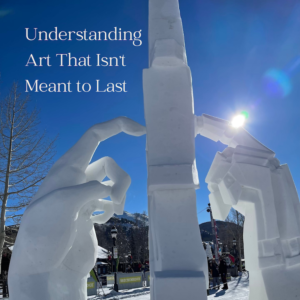
Tilting at Windmills
In the art world, preservation is vital as well as a hotly debated topic. But what about art that wasn’t meant to stick around?
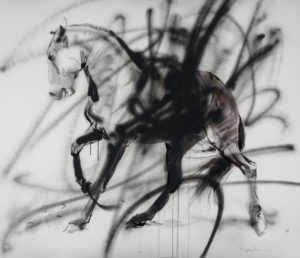
[Mis]Understanding Art
In the process of responding to a woman who commented that Sophy Brown’s paintings in the Coors Show were “glorifying abuse,” I realized a number of things including how much I hate the cliche, “Let’s agree to disagree.”
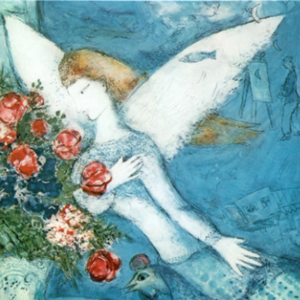
The Memory of Things
Here’s something I’ve been wondering. Is it possible to feel an artist’s intention through a work of art? In other words, does art hold the memory of the hands that made it?
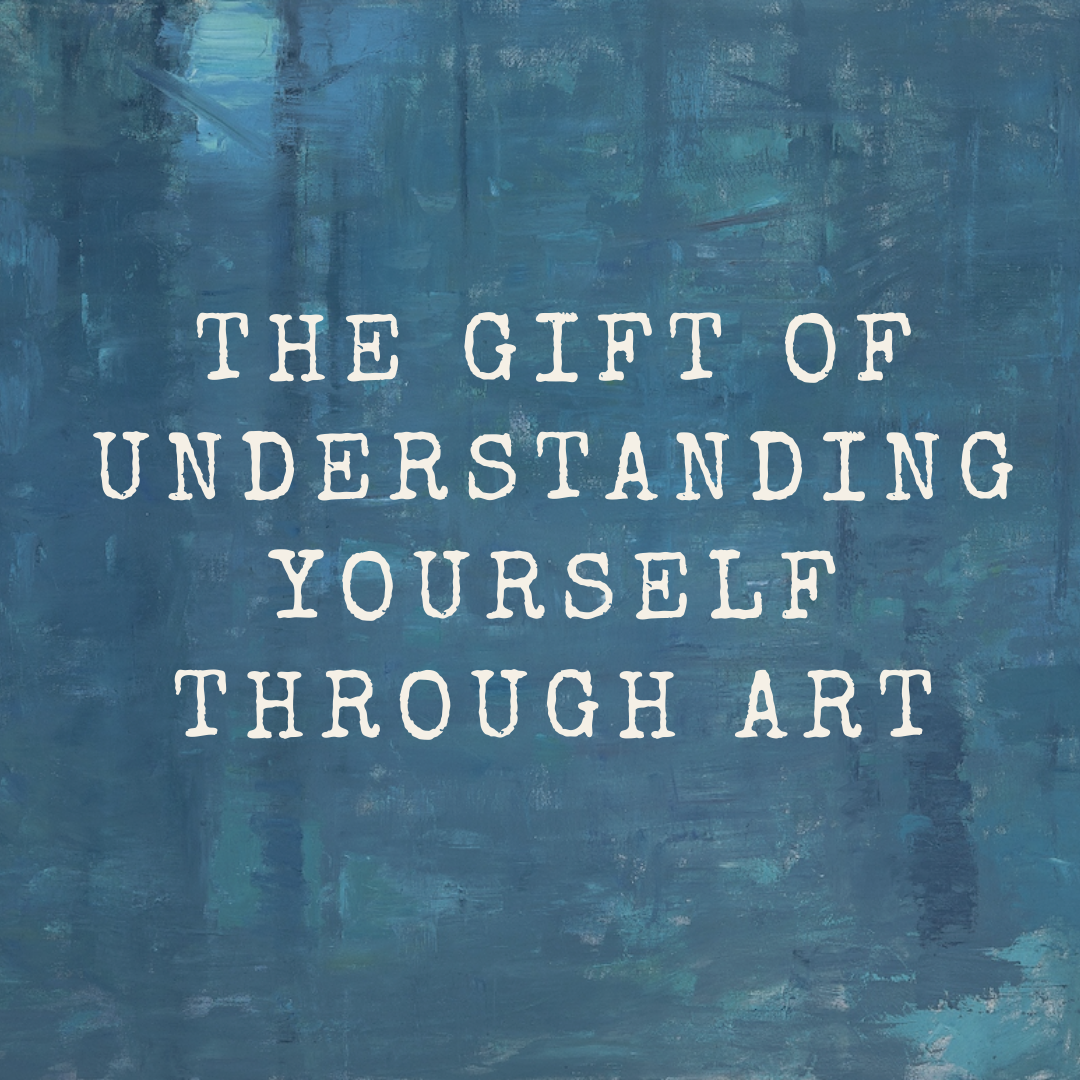
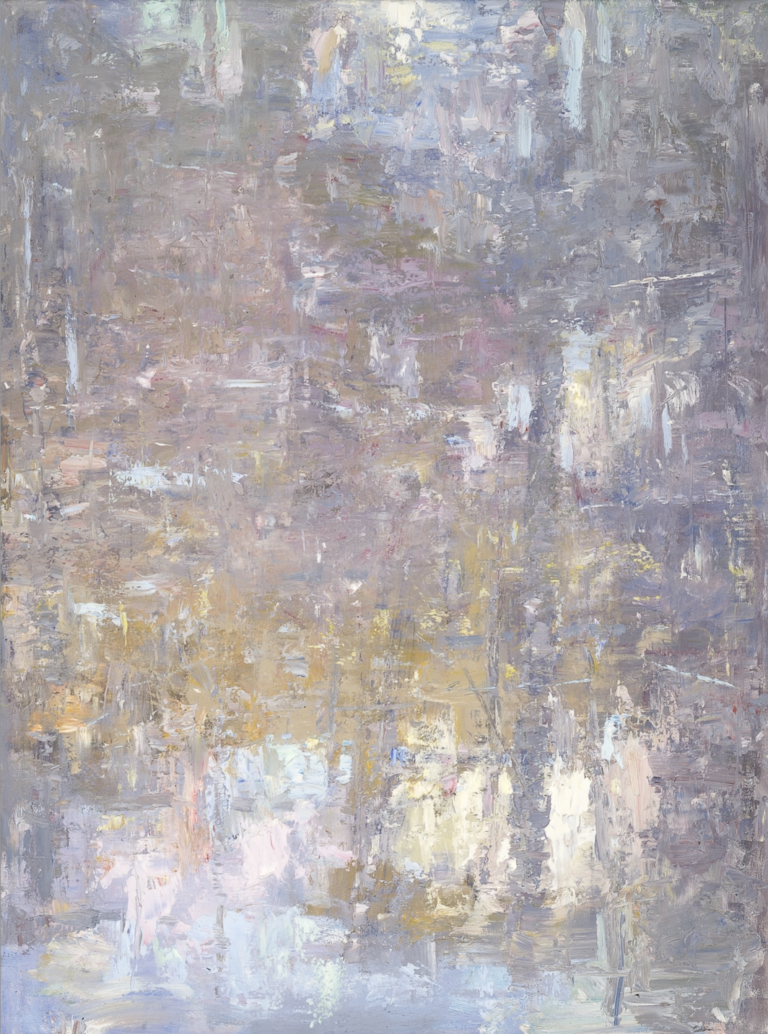
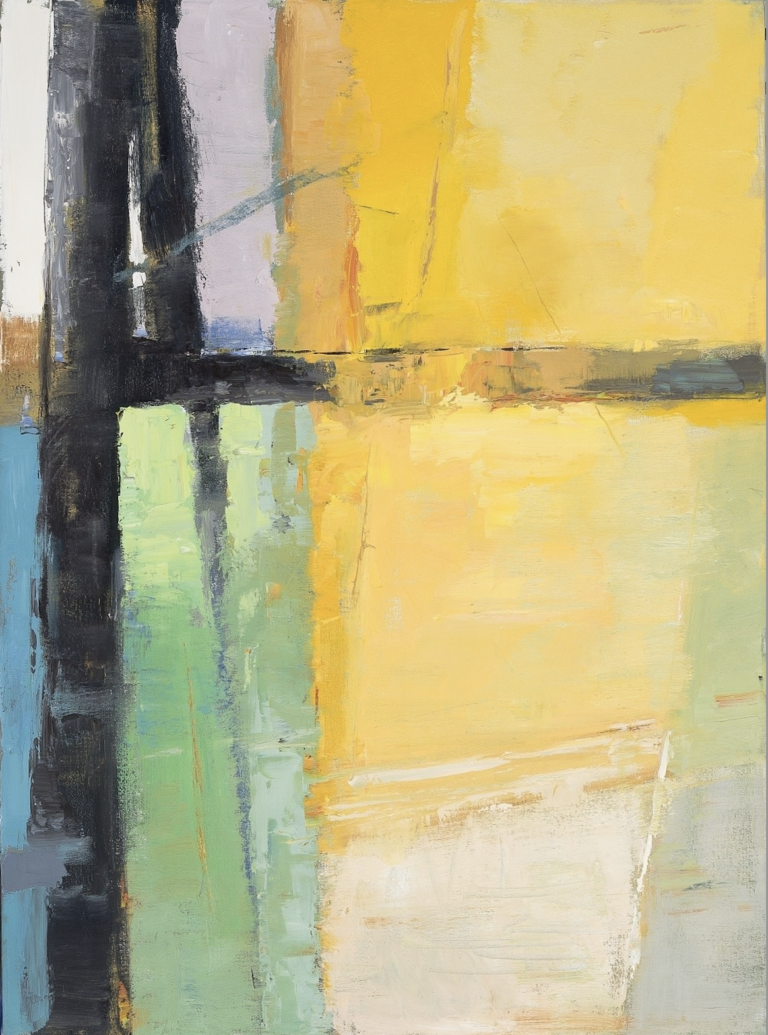


4 thoughts on “How to Find Your Artistic Voice”